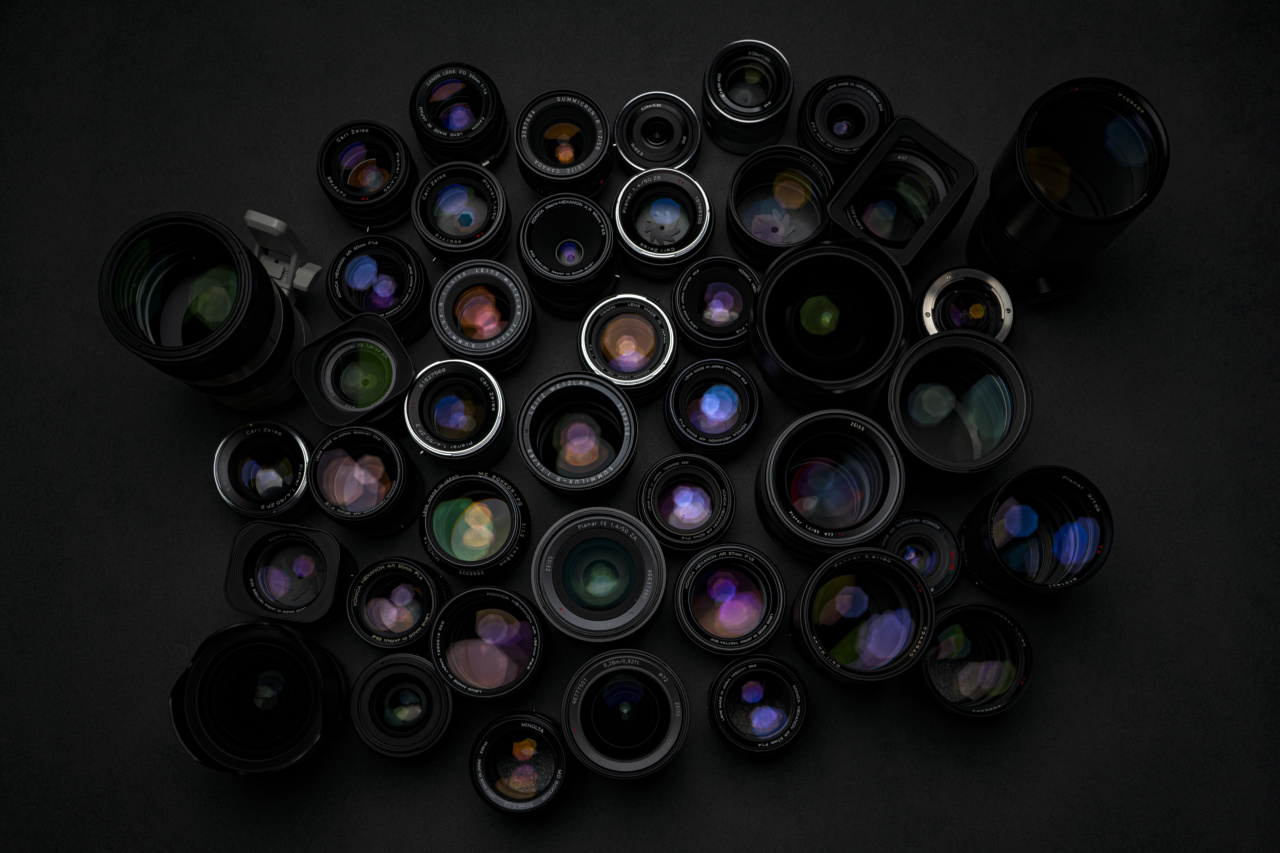Dark circles under the eyes can be caused by various factors, including allergies. Allergies trigger the release of histamines in the body, which can cause blood vessels to dilate and become more visible.
This leads to the appearance of dark circles under the eyes.
If you suffer from allergies, it is important to identify and avoid the allergens that trigger your symptoms. This can help reduce the frequency and severity of your allergies, ultimately alleviating the dark circles caused by allergic reactions.
Lack of Sleep and Dark Circles
One of the most common causes of dark circles is a lack of sleep. When you don’t get enough restful sleep, your blood vessels can become more prominent, resulting in a dark, shadowy appearance under the eyes.
To combat dark circles caused by lack of sleep, it is essential to make sleep a priority in your daily routine. Aim for at least 7-8 hours of uninterrupted sleep each night.
Establishing a relaxing bedtime routine, avoiding caffeine and electronic devices before sleep, and creating a comfortable sleep environment can significantly improve your sleep quality and reduce the appearance of dark circles.
Nutrition and Dark Circles
Poor nutrition can also contribute to the development of dark circles.
Vitamin deficiencies, particularly iron and vitamin K deficiencies, can lead to paleness of the skin and increased visibility of blood vessels, accentuating the appearance of dark circles.
Ensure you maintain a balanced diet that includes a variety of fruits, vegetables, lean proteins, and whole grains to provide your body with the necessary nutrients.
Incorporating foods rich in iron and vitamin K, such as spinach, kale, salmon, and eggs, can specifically help reduce the appearance of dark circles.
Hydration and Dark Circles
Dehydration can make the skin appear dull and accentuate the visibility of blood vessels under the eyes, resulting in dark circles.
It is important to stay adequately hydrated throughout the day to maintain healthy-looking skin and minimize the appearance of dark circles.
Ensure you drink enough water and consume hydrating foods such as cucumbers, watermelon, and celery. Limiting alcohol and caffeine consumption, as they can contribute to dehydration, can also be beneficial in reducing dark circles.
Genetics and Dark Circles
In some cases, dark circles can be hereditary. If your parents or close relatives have dark circles, there is a higher likelihood that you may also develop them.
Genetic factors can affect the structure of the skin and the distribution of pigmentation, making blood vessels more visible under the eyes.
While you cannot change your genetics, there are ways to minimize the appearance of dark circles through lifestyle modifications and skincare practices.
The aforementioned tips on sleep, nutrition, hydration, and allergies can still be beneficial in managing dark circles caused by genetic factors.
Skincare and Dark Circles
Adopting a proper skincare routine can help reduce the visibility of dark circles and improve the overall appearance of the skin under your eyes.
Using a gentle cleanser specifically designed for the delicate under-eye area is crucial. Avoid harsh soaps or cleansers that can strip the skin of its natural moisture, making it appear more dull and dry.
Applying a moisturizer with ingredients like hyaluronic acid or glycerin can help hydrate the skin and improve its elasticity. This can make the blood vessels less visible and reduce the appearance of dark circles.
Additionally, using a quality eye cream or serum that contains ingredients like vitamin C, retinol, or caffeine can help brighten the under-eye area and reduce puffiness, diminishing the appearance of dark circles.
Concealing Dark Circles
If you need an immediate fix for dark circles, concealing them with makeup can be an effective solution. A color corrector, such as a peach or orange-toned concealer, can help neutralize the darkness under the eyes.
After applying a color corrector, choose a concealer that matches your skin tone and blend it gently over the corrected area. Set the concealer with a translucent powder to ensure it stays in place throughout the day.
Remember that makeup can only provide temporary coverage and does not address the root cause of dark circles. Therefore, it is important to focus on lifestyle changes and skincare practices to achieve long-term improvement.
Medical Treatments for Dark Circles
If lifestyle modifications and skincare routines do not effectively diminish the appearance of dark circles, there are various medical treatments available that can help.
One option is laser therapy, which targets the blood vessels under the eyes and reduces their visibility. Chemical peels and microdermabrasion can also improve the overall texture and appearance of the skin, including the under-eye area.
In some cases, dermal fillers may be recommended to address hollows or volume loss under the eyes, which can contribute to the appearance of dark circles.
It is important to consult with a dermatologist or a qualified medical professional to determine the most suitable treatment option for your specific case of dark circles.
Conclusion
Dark circles under the eyes can be caused by a variety of factors, including allergies, lack of sleep, poor nutrition, dehydration, genetics, and more.
By understanding the root causes of dark circles, you can take the necessary steps to manage and minimize their appearance through lifestyle modifications, skincare routines, and, if needed, medical treatments.





























